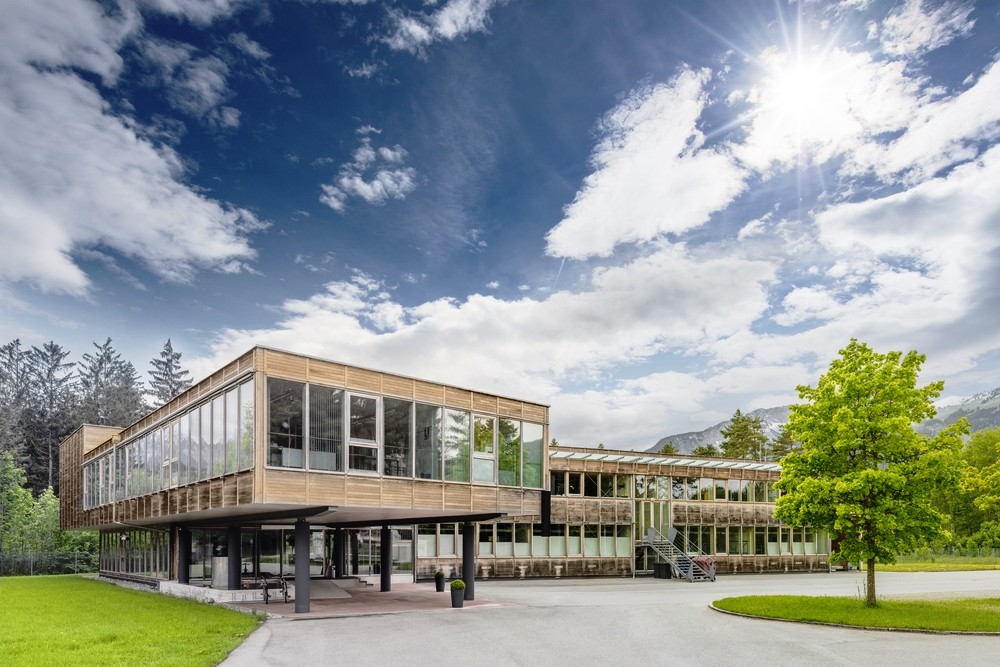Net-Zero Buildings: The Path to a Sustainable Future
As climate change accelerates and cities expand, the construction industry is evolving to address the growing need for sustainable and energy-efficient buildings. One of the most significant advancements in this regard is the concept of net-zero buildings, structures that produce as much energy as they consume, offering a glimpse into the future of urban architecture.
What Are Net-Zero Buildings?
A net-zero building, also known as a zero-energy building (ZEB), is a structure that is designed to achieve energy neutrality by balancing its energy consumption with the energy it generates on-site, often from renewable sources like solar panels or wind turbines. These buildings are engineered to minimize energy use through efficient systems and materials while generating enough renewable energy to cover their operational needs.
Key Characteristics of Net-Zero Buildings
Energy Efficiency: A crucial component of net-zero buildings is the use of energy-efficient systems for heating, cooling, lighting, and insulation. Technologies like LED lighting, high-performance windows, and smart thermostats help reduce the energy demand.
Renewable Energy Generation: Most net-zero buildings harness renewable energy through solar panels, wind turbines, or geothermal systems. These systems provide clean energy that offsets the building’s energy consumption.
Water Conservation: Many net-zero buildings are designed with water-efficient technologies, such as low-flow fixtures and rainwater harvesting systems, further reducing their environmental footprint.
Smart Building Technology: Integration of IoT (Internet of Things) devices enables buildings to monitor and optimize energy consumption in real-time, adjusting systems to maintain efficiency.
Benefits of Net-Zero Buildings
Environmental Impact: The most significant benefit of net-zero buildings is their potential to reduce carbon emissions and combat climate change. By using renewable energy, they lower the reliance on fossil fuels, contributing to a more sustainable future.
Long-Term Savings: Although the initial investment in a net-zero building may be higher due to advanced technologies and materials, the long-term savings from reduced energy bills can make them more cost-effective over time. Additionally, many governments offer tax incentives and rebates for sustainable building practices.
Health and Well-being: Net-zero buildings often prioritize indoor air quality, natural light, and thermal comfort, improving the health and well-being of occupants. These elements contribute to creating spaces that are not only energy-efficient but also more pleasant to live and work in.
Resilience: By generating their energy, net-zero buildings are more resilient to power outages and energy price fluctuations, ensuring a stable and reliable energy supply for occupants.
Challenges in Achieving Net-Zero
High Initial Costs: While net-zero buildings provide long-term savings, the upfront costs for renewable energy systems and high-efficiency technologies can be prohibitive for some developers.
Technological Barriers: Not all regions have access to the necessary renewable energy infrastructure, making it challenging to achieve net-zero status in certain locations.
Regulatory Hurdles: Building codes and zoning laws may not always accommodate the design features necessary for net-zero buildings, although many countries are working to update regulations to encourage sustainable construction.
Global Examples of Net-Zero Buildings
The Edge, Amsterdam: Often regarded as the smartest and most sustainable office building in the world, The Edge is a net-zero building that uses solar power, smart lighting systems, and rainwater harvesting to achieve energy efficiency. The building’s design is centered around maximizing natural light and occupant well-being.
Bullitt Center, Seattle: Known as the greenest commercial building in the world, the Bullitt Center is designed to have a lifespan of 250 years. It features rooftop solar panels, composting toilets, and rainwater collection systems, all contributing to its net-zero status.
Phipps Conservatory and Botanical Gardens, Pittsburgh: This project combines energy-efficient construction with natural ventilation, daylighting, and a living roof, allowing it to generate all of its energy on-site.
The Future of Net-Zero Buildings
The drive toward net-zero energy is gaining momentum as countries across the globe aim to meet climate targets set by international agreements like the Paris Accord. In the near future, we can expect building codes to evolve, requiring higher energy efficiency standards and pushing for more widespread adoption of net-zero construction.
In addition to regulations, technological advancements in energy storage, solar efficiency, and building materials will make net-zero buildings more accessible and cost-effective. As these developments continue, net-zero buildings are poised to become the norm rather than the exception, shaping the future of urban development.
How Architects and Engineers Can Adapt
For architects and engineers, the rise of net-zero buildings represents an opportunity to innovate. Professionals in the field can stay ahead by adopting sustainable design practices, familiarizing themselves with energy modeling software, and collaborating with energy consultants to integrate renewable energy systems into their projects. Moreover, keeping up with government incentives and regulatory changes will be essential for those looking to capitalize on the net-zero trend.


Comentarios
Publicar un comentario